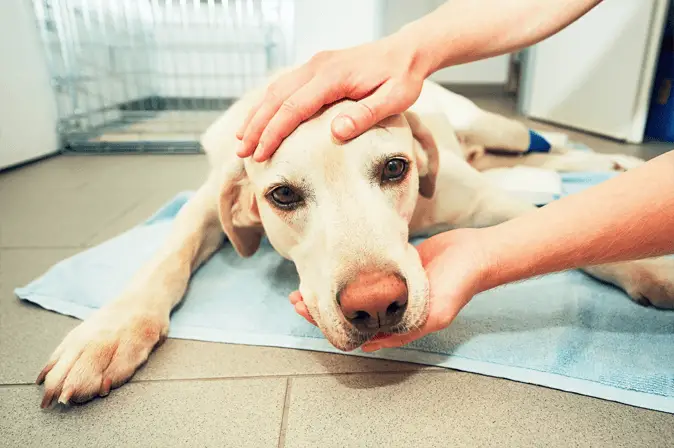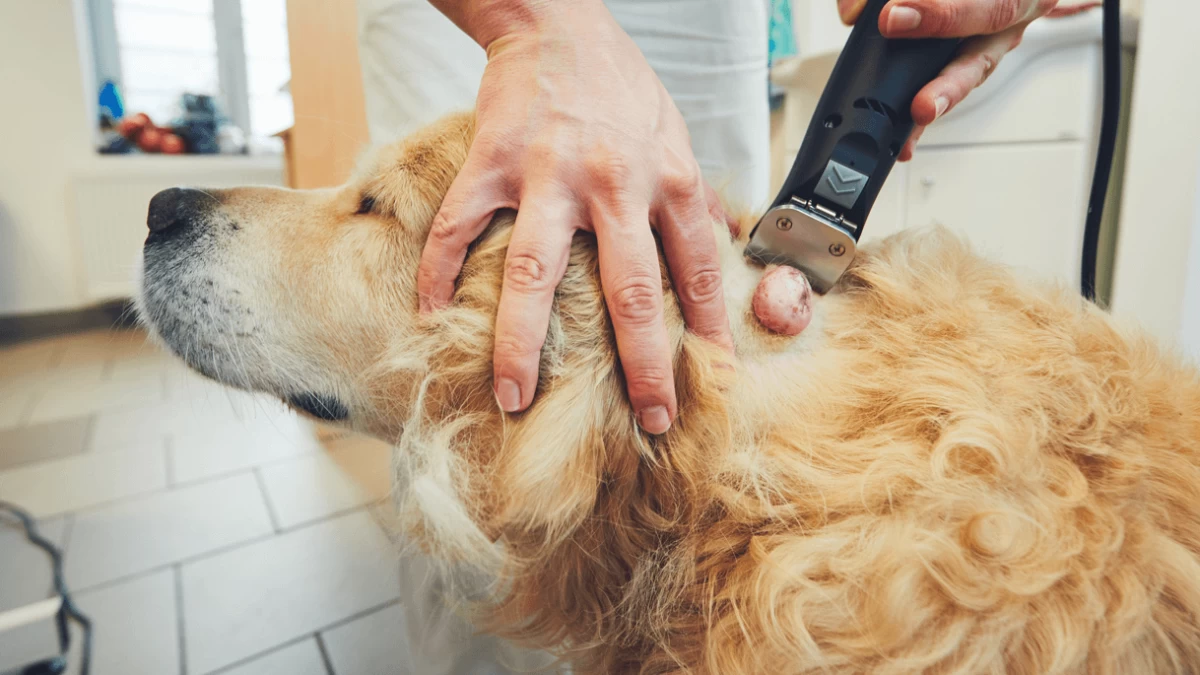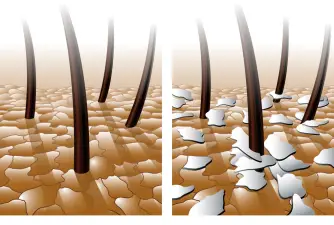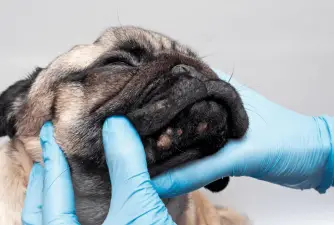Dog Skin Cancer - How Dangerous It Is?
09.06.2021.
Most dog owners pay little to no attention to dog skin cancer because their dogs are covered in protective layers of coat. The good news is that not all growths on the dog’s skin are dangerous. In fact, the most common growths on the dog’s skin are lipomas, which are fat cells. Another common thing that is often mistaken for dog skin cancer is sebaceous cysts.
That is not cancerous, but it can become, so regular vet visits are a must. If you are worried about your dog’s health or you suspect your dog might have skin cancer, here are some things you should know about skin cancer in dogs;
Can dogs get skin cancer?
Although many dog owners think dogs are safe from skin cancer because of their fur, the truth is entirely different. Skin cancer is the most common type of cancer in dogs, and they can get it just as we can. This type of cancer in dogs can be easily seen. Their skin is exposed to environmental factors that can be cancerous. Different chemicals, viruses, radiation, and other factors can affect the dog’s skin health and cause cancer.
There is some good news regarding skin cancer in dogs - it is easy to spot early. Early detection is often the key to successful treatment. Since you always keep a close eye on your dog, you might detect any problems relatively early.
IMPORTANT NOTICE: If you notice anything wrong with your dog’s skin, make sure you call your vet immediately.
Types of skin cancer in dogs;
Skin cancer comes in all forms and shapes, and we usually don’t have to think about it too much. However, not all skin cancers are equally dangerous. Just because your dog might get a skin cancer diagnosis doesn’t mean they will suffer the worst possible fate. Here are the most common types of skin cancer that affect our dogs;
Mast cell tumors
This is the most common type of skin cancer in dogs. Mast cells are the cells that release histamine. They are responsible for the dog’s allergy reactions, and they can develop on any part of the dog’s skin, as well as internal organs. However, these tumors are primarily found in the lower abdomen, chest, and limbs.
Some dog breeds seem more prone to this type of cancer, and these breeds are Boxers, Rhodesian Ridgebacks, Pugs, and Boston Terriers. Mast cell tumors usually affect dogs between 8 and 10 years.
Want to know more about dog cancer? Check out this article - Cancer in dogs.
Melanoma
Melanomas can be malignant or benign. They look like tiny raised lumps on the dog’s skin and can be dark-pigmented or can lack any pigmentation. In the case of malignant melanoma, you must act fast. You should take your dog to the vet and ask for a biopsy.
These types of tumors can grow and spread quickly to other organs. They are a severe health concern and should be treated with extreme caution. Some breeds that seem prone to mast cell tumors are

Histiocytic Cell Tumor
Histiocytic cells are a special type of skin cells. If they become cancerous, they are classified as histiocytic cell tumors. There are three types of histiocytic cell tumors - histiocytomas, systemic histiocytosis, and malignant histiocytosis.
The last two types are fairly dangerous, and they commonly affect Bernese Mountain Dogs before they are three years old. That is one of the reasons Bernese Mountain Dogs have such short lifespans.
Squamous Cell Carcinoma
This type of skin cancer is the most commonly diagnosed skin tumor. It primarily affects older dogs and is most commonly diagnosed in Basset Hounds, Bloodhounds, and Standard Poodles. These tumors appear as firm, raised lumps on the dog’s skin and are most commonly found on the dog’s abdomen, head, lower legs, and rear. In humans, this type of cancer is caused by sun exposure, but it is believed that it is connected to the papilloma virus in dogs.
Fibrosarcoma
Fibrosarcoma originates in the connective tissue of the skin and lower levels of the skin. The good news about this type of skin cancer in dogs is that it rarely metastasizes. However, it tends to return after a successful operation. It mainly affects older dogs, even though aggressive types can affect younger dogs as well.
This tumor is most commonly found on the dog’s limbs and can ulcerate, bleed, and become infected.
Symptoms of skin cancer in dogs
The symptoms of different types of cancer can vary, and the best thing you can do is keep an eye on your dog. Make sure you examine them and notice strange lumps or bumps as soon as possible. Early detection is the key, so you should routinely check your dog’s skin health.
Not all tumors are equally dangerous, nor are they cancerous. In fact, they are mostly lipomas or cysts. Nevertheless, you should keep an eye on them. If you notice any changes in coloration, or shape, or notice bleeding and ulceration, contact your vet immediately.
World Dog Finder team







Share